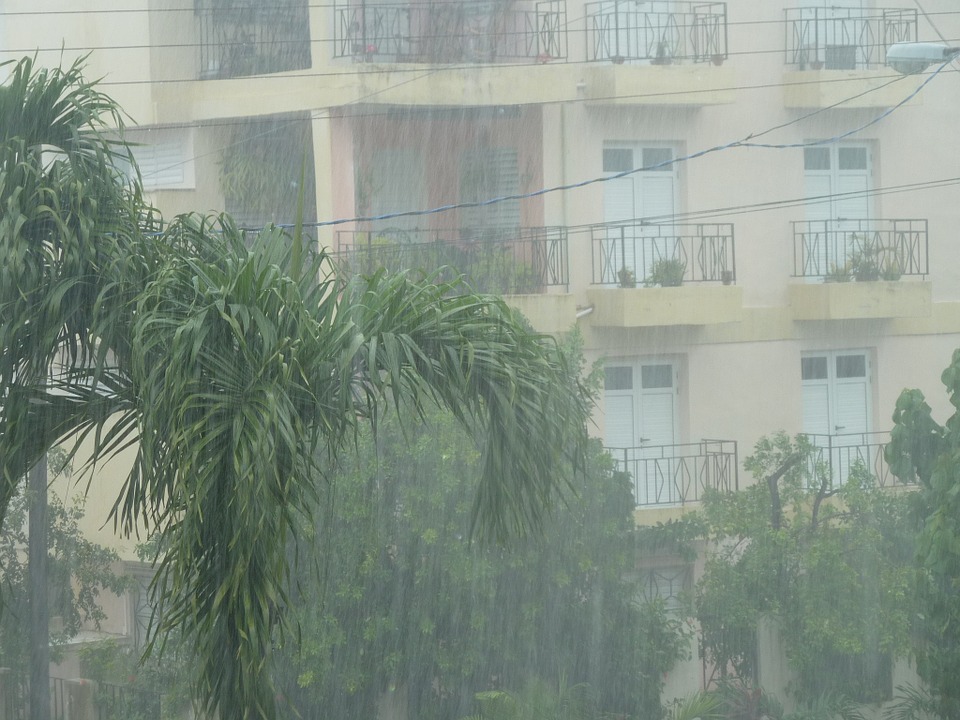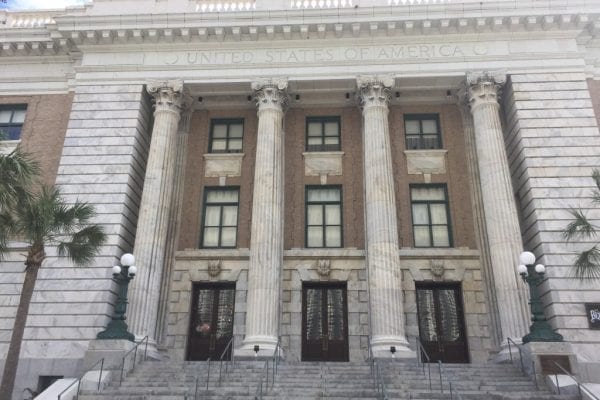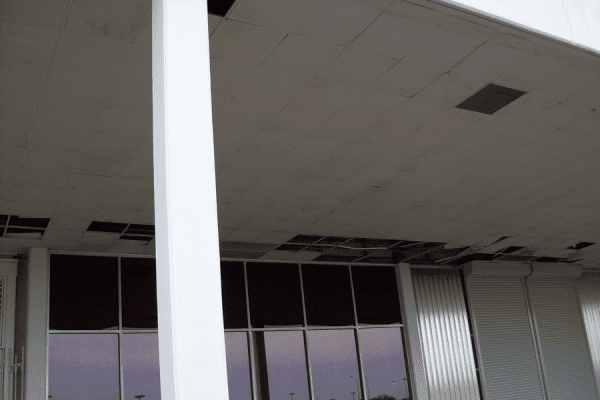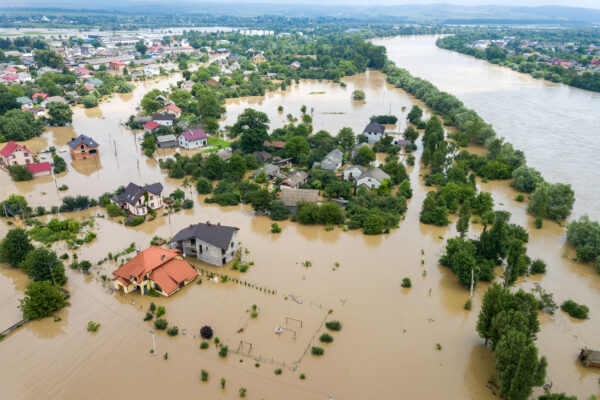When a tropical storm came through Florida, a major luxury resort suffered massive water damage. The east facing sides of the facility’s multiple buildings were thoroughly inundated with wind-driven rain. Every window, door, balcony area, and exterior-facing opening was affected. Many rooms had standing water in them. The extent of the intrusion was so great that even many interior hallways and rooms incurred damage.
Given the nature of the resort business, this was an immediate and urgent matter. In the resort industry, if you’re not putting people in rooms, you’re not making money. And because this was a luxury resort, every room had to be perfect. Further, the guests in the unaffected areas could under no circumstances be disturbed or alarmed in any way.
The resort’s management called in a competent remediation contractor who, in turn, called in our team to design the water mitigation and mold remediation plan and to oversee its implementation. Utilizing personnel from GLE’s multiple offices; we were able to respond immediately. Here’s how it played out.
One: Setting Priorities
It was clear from the beginning that the resort’s priority was to get rooms turned over as quickly as possible and back in business. In order to do that, we put a team of twelve personnel into the buildings, each one armed with as-built CAD drawings of the building. We established a color chart to indicate areas where they found water or mold, as well as to indicate where there was no damage.
The teams marked up the CAD drawings according to their findings, and brought them to a conference at the end of each day. The color-coded CAD drawings allowed us to see the entire scope of the project at a glance, so that we could establish priorities, based on what would move as many rooms as possible back into business as quickly as possible. The resort Owner and the remediation contractor greatly appreciated the ability to immediately access these drawings as they were prepared to expedite remediation efforts. These drawings could then be used in conjunction with the detailed project specification discussed in the next section.
Two: Establishing Specifications
Next, we worked with the contractor and the resort’s management to establish remediation procedures for the water and mold restoration team. These specifications included technical procedures for the remediation itself, as well as requirements for the speed and confidentiality with which the work was completed. Speed was important not only for the sake of getting the rooms in business, but also because for every day that the rooms remained wet, mold and structural damage continued to grow.
Further, because the resort was open during the work, it was critically important that resort guests not be disturbed. It was equally important that their attention not be drawn to the nature of the work, as the words “mold remediation” can put a damper on anyone’s enjoyment of their vacation. As a result, the remediation plan included procedures regarding how the work was to be conducted to ensure minimal disruption and maximum confidentiality.
Three: Overseeing Implementation
During the remediation work, our team maintained daily communication between the owner, the remediation contractor, the general contractor, and the insurance company, to ensure everyone knew the status of the project. We also inspected the work and oversaw its implementation.
The process of ensuring that rooms were turned over to the resort as quickly as possible was complicated by the liability needs of ensuring that work met appropriate standards. To address this, we set up internal systems to ensure that we conducted inspections and delivered post-remediation verification reports, as soon as possible, after the teams completed each room.
Throughout the process, we drew on our extensive experience with large-scale facilities to identify what should be assessed, and how to conduct the work for the best possible outcome. As a result, the resort’s management was able to quickly get their rooms back into business, while simultaneously continuing to serve their guests at the high level of luxury they were accustomed to.






